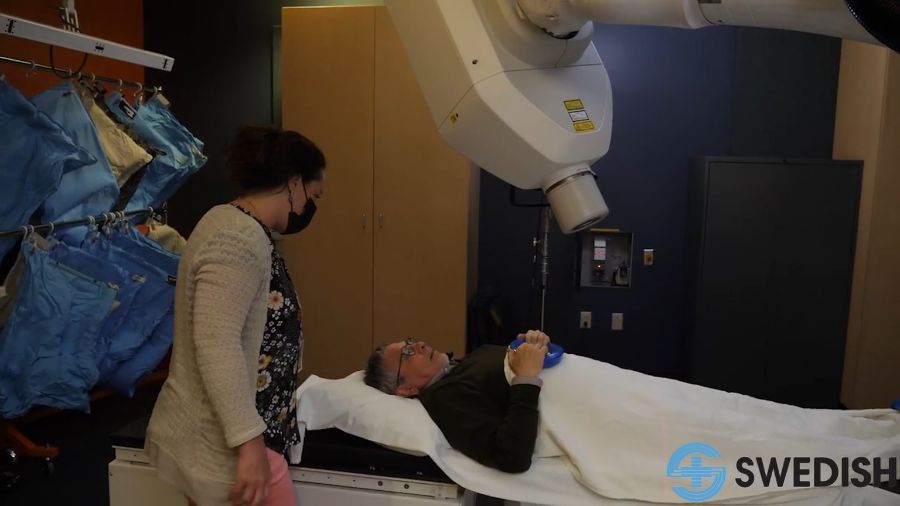Washington unemployment rate rises for 5th month in a row
Mar 20, 2024, 8:49 PM | Updated: Mar 21, 2024, 1:08 pm

A hiring sign for tree care service work is posted in Wheeling, Ill., Sunday, March 19, 2023. (Photo: Nam Y. Huh, AP)
(Photo: Nam Y. Huh, AP)
Numbers from the Washington State Employment Security Department (ESD) show the state’s unemployment rate has risen for the fifth consecutive month.
According to ESD data, Washington hasn’t seen this many people receive unemployment checks since September 2021, when residents were about 18 months into the COVID-19 pandemic.
The February unemployment rate was 4.7% — higher than the national number of 4%.
A look at the housing market: Surging home prices prolong Seattle’s ‘bidding wars’ era
“Two trends characterized 2023: The first was slowing payroll growth compared to previous post-(COVID-19) years. The second was a tight labor market with low unemployment rates,” ESD’s Chief Labor Economist, Anneliese Vance-Sherman, said in a news release.
More than 9,500 Washingtonians were paid unemployment from last December to January.
The industries that saw the largest job losses from January 2023 to January 2024 were construction (down 9,300 jobs) and information (down 7,800) jobs.
Background: Construction jobs shrink in Seattle metro area
ESD details the industries that hired, lost most people
The workplaces that hired the most people during the year were education and health services (up 24,000 jobs), government (up 21,200 jobs) and leisure and hospitality (up 16,000 jobs).
However, leisure and hospitality also lost the most jobs with arts, entertainment and recreation taking the largest hit.
According to the ESD, most people were hired specifically in ambulatory health care services like doctors’ offices. Many people were also hired in computer systems design and architectural and engineering services.
Ferry County, which is located in Northeast Washington, currently has the largest unemployment rate in the state. It was 11.1% in January. Meanwhile, those in King County are seeing more people hired, with the lowest unemployment rate at 4.4%.
To see a map of each county’s unemployment rate, visit the ESD’s website. To break it down further, visit the Federal Reserve’s website.
Julia Dallas is a content editor at MyNorthwest. You can read her stories here. Follow Julia on X, formerly known as Twitter, here and email her here.













